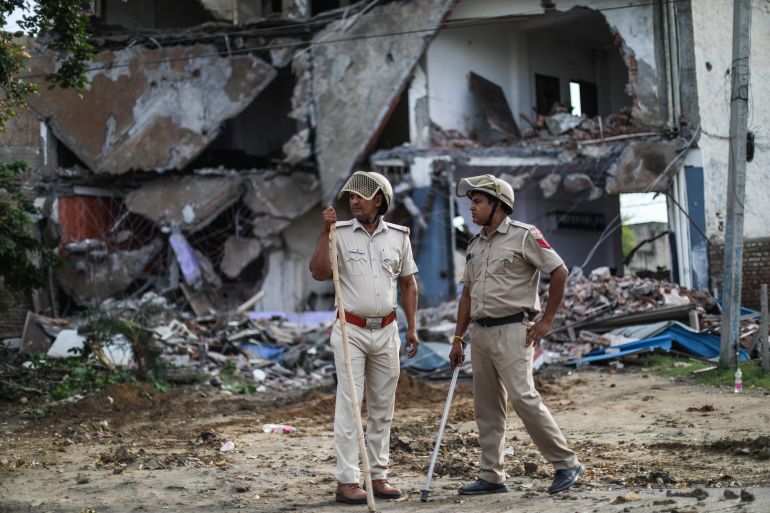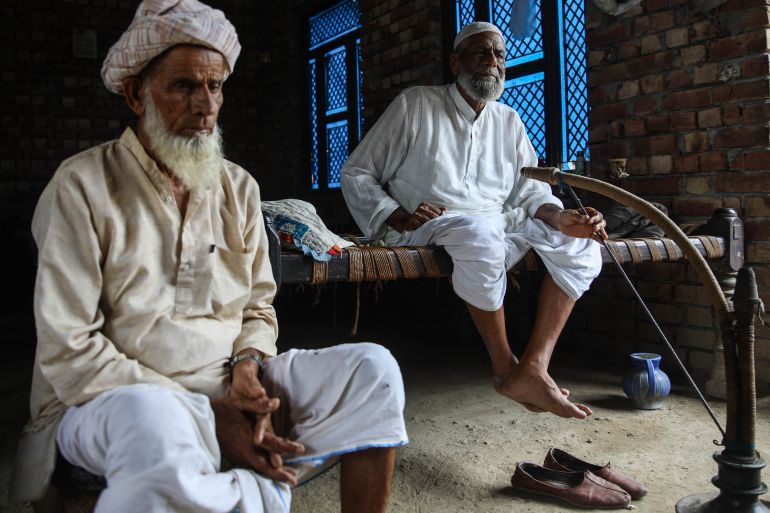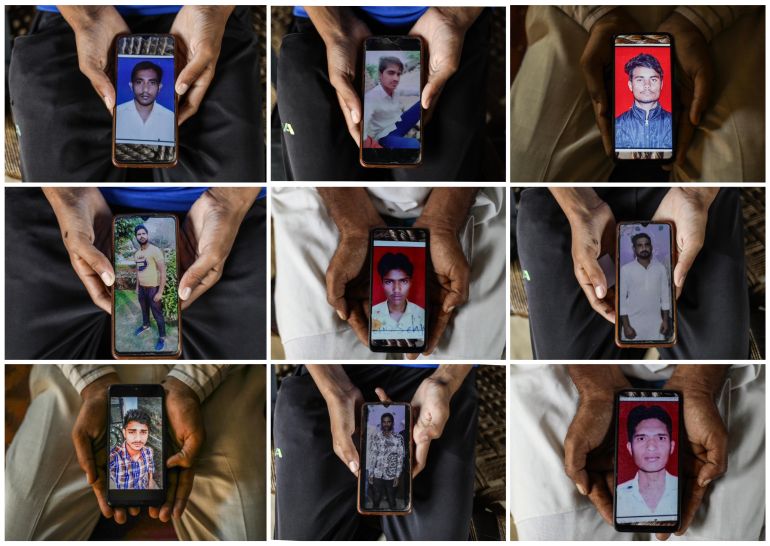By Alex Perez-Reyes on August 7, 2023

KENNAN INSTITUTE
CONFLICT RESOLUTION AND PEACEBUILDINGHISTORICAL
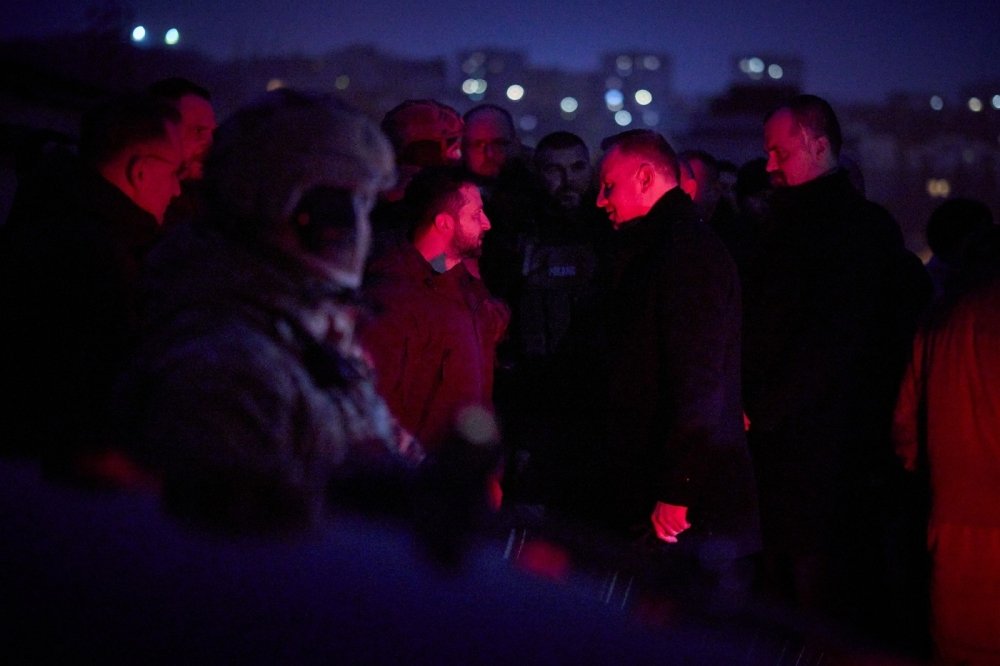
Lviv, Ukraine—January 11, 2023: Ukrainian President Vladimir Zelensky and Polish President Andrzej Duda visit Lychakiv Cemetery during their visit to Lviv.
On the eve of last month’s NATO summit in Vilnius, the presidents of Poland and Ukraine came together to try to resolve a long-simmering dispute: how to countenance and characterize the Volhynia massacres of 1943 to 1945, which Poland regards as genocide and Ukraine regards as the unfortunate actions of partisan groups against the Poles, with subsequent retaliatory killings of Ukrainian citizens. When Presidents Andrzej Duda and Volodymyr Zelensky placed commemorative candles in a Catholic cathedral during an ecumenical service in the western Ukrainian city of Lutsk, they continued a pattern of presidential interventions that, while highly symbolic, has failed to bring resolution to this memory war.
A Brief History of the Volhynia Massacres and Their Commemoration
While the present-day meaning of the Volhynia massacres remains hotly contested, historians generally concur on the details of the events themselves. Between 1943 and 1945, the Organization of Ukrainian Nationalists—Bandera faction (OUN-B) and the Ukrainian Partisan Army (UPA) organized the massacre of approximately 50,000–60,000 Poles in the Volhynia and Eastern Galicia regions, parts of the interwar Polish territories seized by the Soviet Union according to the terms of the Molotov-Ribbentrop Pact. The OUN and UPA aimed to make these ethnically heterogenous regions definitively Ukrainian and to “cleanse the entire revolutionary territory of the Polish population.” In response to this ethnic cleansing campaign, Poles retaliated against Ukrainian civilians, killing approximately 2,000 people.
UKRAINIAN NATIONALIST ARMY OUN–UPA AND THE NAZI GENOCIDE
Historical representation of the wartime accounts of the activities of the OUN–UPA (Organization of Ukrainian Nationalists—Ukrainian Insurgent Army)
Honor Victims Generally, Name No Perpetrators
The seeds for the downfall of this latest attempt at reconciliation lie in the very language the presidents used to describe the event. In parallel Twitter statements, they proclaimed: “Together we pay tribute to all the innocent victims of Volhynia! Memory unites us! Together we are stronger.” While the statement seems to project unity and agreement on this tragic past, it obscures the past more than resolves it. Similarly to how Soviet war memorials decentered the Jewishness of Holocaust victims through subsuming phrases such as “peaceful Soviet citizens,” the statement aims to strip the dead of their nationality and commemorate them as nationless victims. This is particularly problematic because Poles died in greater numbers than Ukrainians during the massacres and were killed as part of a deliberately organized ethnic cleansing campaign. Such attempts to achieve reconciliation by commemorating victims in a denationalized way cannot do justice to their memory.
It is worth noting the absent third party to this historical conflict: the Jewish victims of the OUN and UPA. Volhynia, for instance, had a Jewish minority amounting to 10 percent of the population prior to the war. Many of the UPA recruits in 1943 came from the ranks of the auxiliary policeman who just the year before had collaborated in the execution of over 150,000 Volhynian Jews. The exclusion of these victims from the narrative of the Volhynia massacres is a grave injustice to their memory.
Also unnamed in this statement are the perpetrators of the crimes themselves. Nowhere in the statement are the OUN or UPA named and directly condemned for their violent actions. Like the joint statements that came before it, which refer only to “those who were tragically killed” by unspecified perpetrators, the Duda-Zelensky statement eschews the question of culpability and thereby allows Ukraine to continue to cultivate the memory of the OUN and UPA as national heroes. Unnamed and unblamed for the Volhynia massacres, the OUN and UPA remain key parts of Ukraine’s nationalist pantheon for their armed resistance to the Soviets.
The Russian Dimension
The battle to define the meaning of the Volhynia massacres has gained a new sense of urgency with the outbreak of Russia’s war against Ukraine. As Zelensky’s chief of staff Andriy Yermak implied, Russia is the “common enemy who dreamed of dividing us (Ukraine and Poland)” by escalating tensions over the past. This argument, however, is fundamentally untenable. While deferring conflict in the name of projecting unity in the face of Russian aggression might work to preserve the status quo in Polish-Ukrainian relations, it fails to create a real consensus on the past. For evidence of this divide, one needs merely to consider how this past is being interpreted in each country’s capital. In Warsaw on July 11, Polish prime minister Morawiecki marked the National Day of Remembrance of the Victims of the Genocide of the Citizens of the Polish Republic Committed by Ukrainian Nationalists. Meanwhile in Kyiv, the reputation of OUN leader Stepan Bandera as a national hero and symbol of resistance to Russia is inscribed in the very streets of the city. As part of the country’s decommunization process, Kyiv’s Moscow Avenue became Stepan Bandera Avenue.
Presidents Duda and Zelensky can try to project unity and assert that their countries have reconciled with this difficult history, but until both Poland and Ukraine stop using Russia’s aggression to avoid an honest reckoning with these events, the past will continue to haunt Polish-Ukrainian relations.
The opinions expressed in this article are those solely of the author and do not reflect the views of the Kennan Institute.


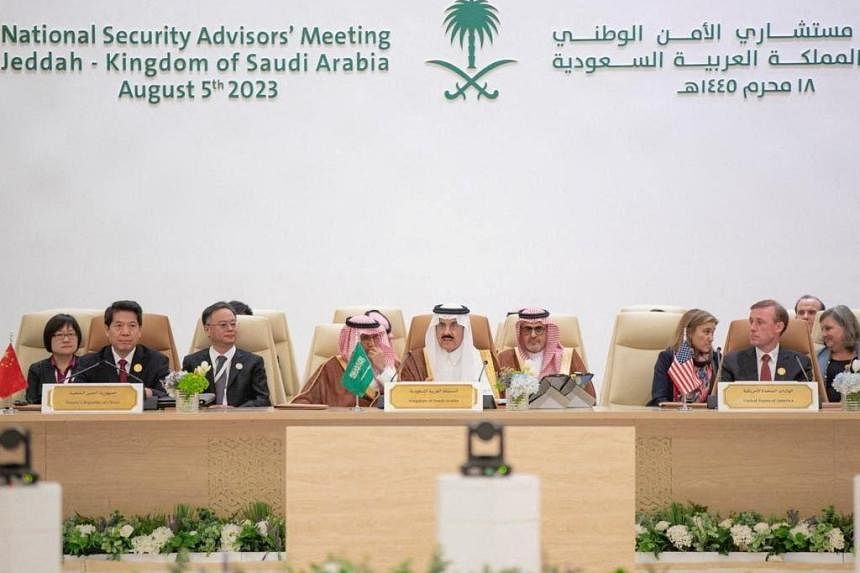


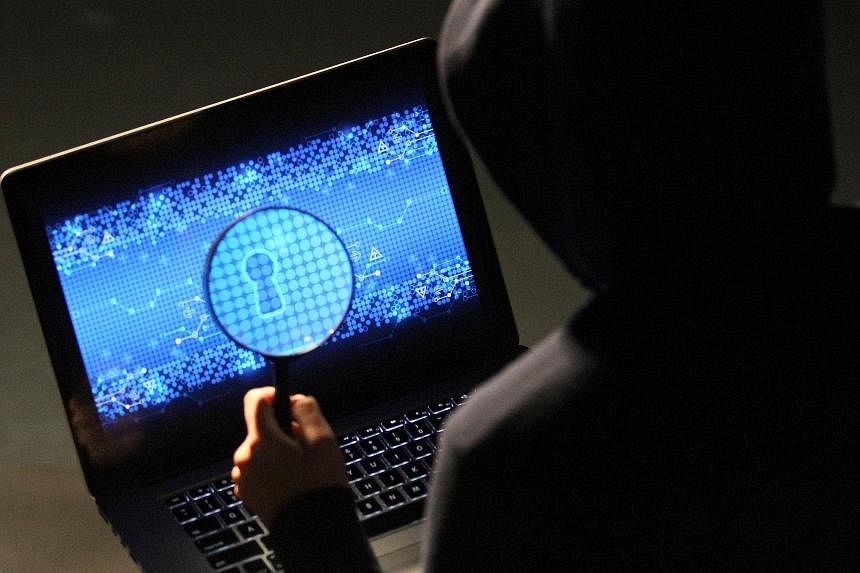



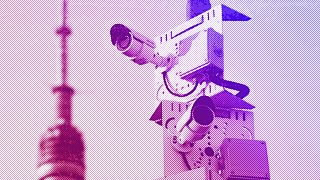
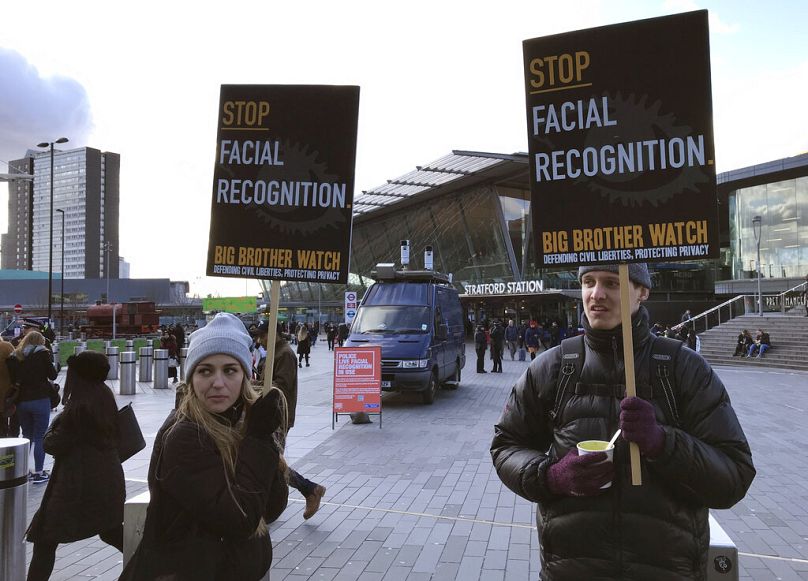
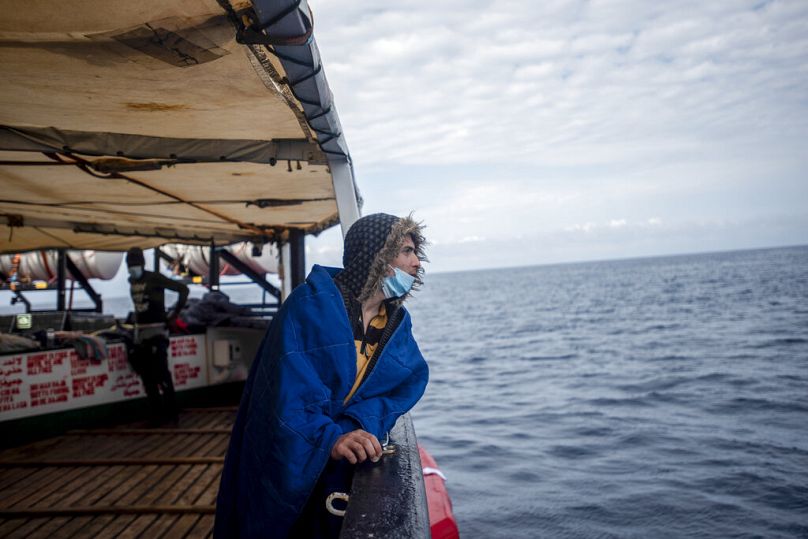
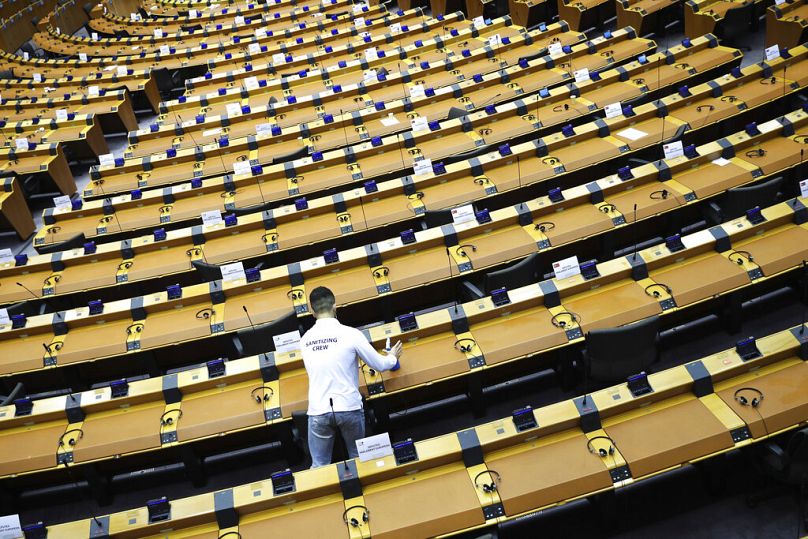


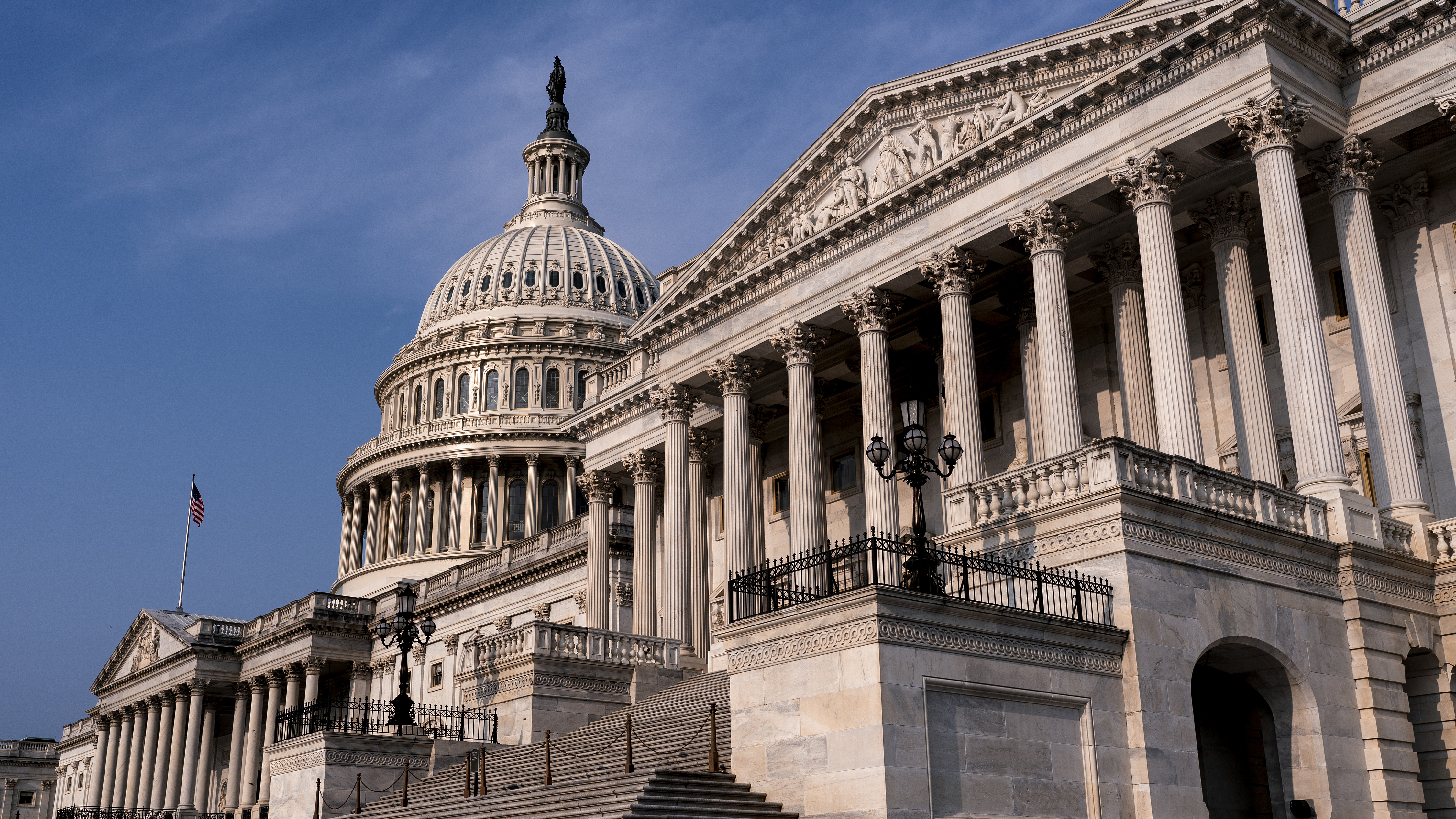
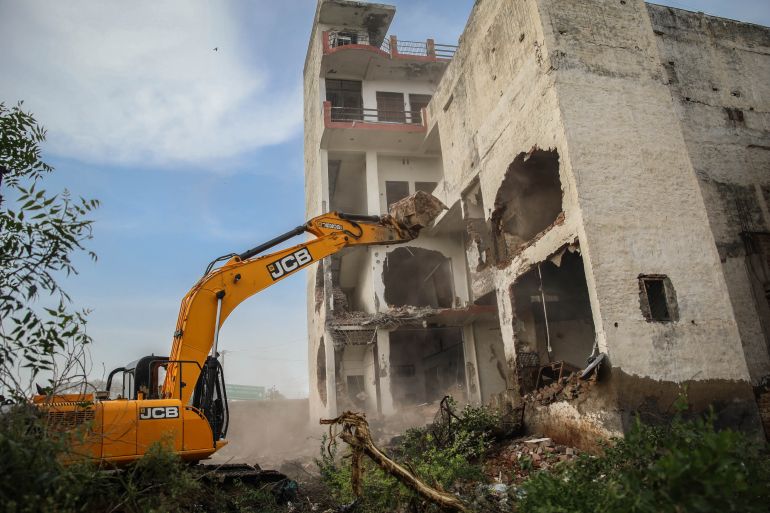
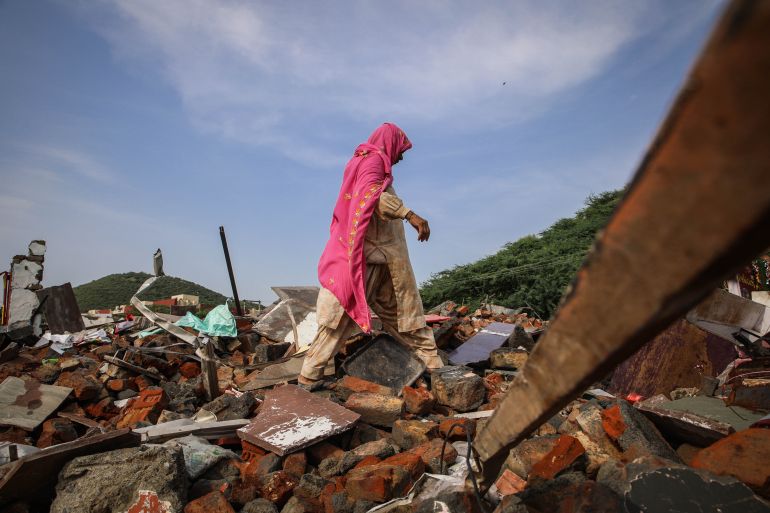 A woman walks amid the debris of her son’s demolished shop in Nallhar, Nuh [Md Meharban/Al Jazeera]
A woman walks amid the debris of her son’s demolished shop in Nallhar, Nuh [Md Meharban/Al Jazeera]